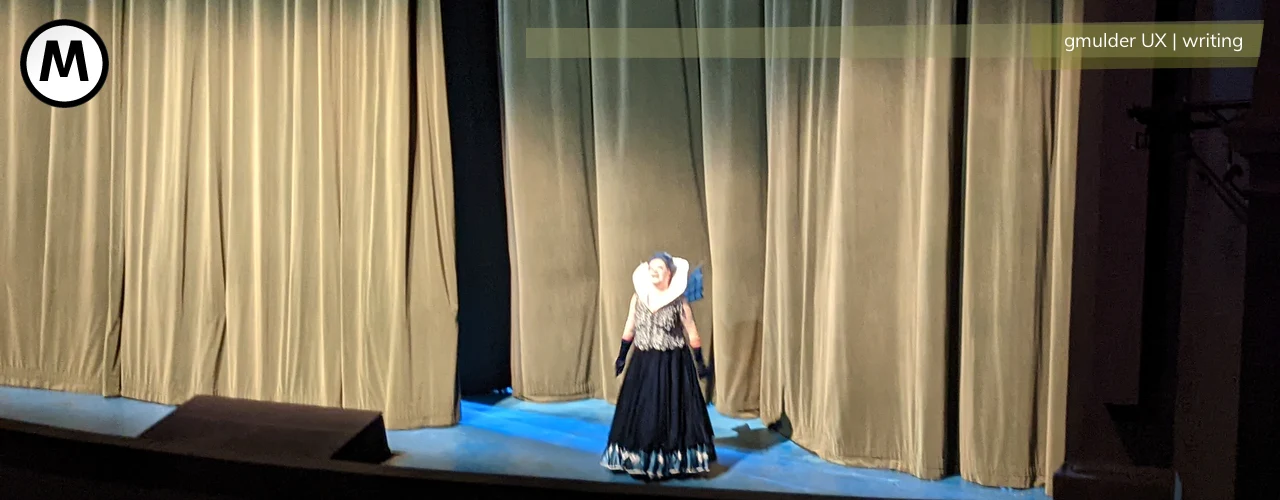THE WANT/NEED ANGLE
Gamification has been all the rage last year and shows no sign of slowing down. Gamification intends to make using your stuff fun (sustaining passionate users, as Stephen P. Anderson put it) and even make the world a better place.
But what if all that is merely putting some whizz bang and pizzazz on? Will that really change anything? It might, if you subscribe the Mary Poppins way of thinking. But that’s not going to change anything if the prescribed medicine doesn’t do the job.
Persuasion
So persuasive design – making stuff fun, gamifying it – can only really make your product better (instead of nicer) if it’s based on some insights on your user’s motivations. Remember: those users are real people (look up from where you are sitting now: if you are lucky you might catch some of them doing their thing). And they came to you because there is something they needed to get done.
Motivation is key here – and that gave me one of those ah! moments: because motivation is something, that dramatic writers have struggled with for longer than interaction design has been around. Their characters all have motivations. If they didn’t, they would be like a ball rolling down a hillside: kinda nice to watch if its colourful and bouncy, but ultimately really boring and predictable. You wouldn’t root for the ball, and you don’t root for a character because stuff happens to her – you root for the character because she wants something and then stuff happens to her.
Want/Need
So what can we learn from what film school teaches you about character motivation? One tried and tested (some say tired) principle is the distinction of want and need in a character. And yes, there is a difference.
Take for example the scarecrow in the Wizard of Oz (thanks to John August for that one – and for making me think…). It wants to have a brain: it says so, so that must be true. But what it really needs is something different: it needs is to figure out how smart it really is. Making that distinction sometimes creates nice conflict making for a nice story. But what it really does is help us designers think about motivation.
How it could work in a flower shop
Take for example a man who walks into a flower shop: what does he want? Buy flowers, probably. But what does he need? To put a smile of the face of his wife, maybe? Or apologize for having forgotten their wedding anniversary – again! Knowing about his need helps us decide about his frame of mind: If he needs to put a smile on her face, he might be looking for that special flower that will do the trick. He might want some assistance. In the other case, maybe not so much: Getting him in and out of the shop in no time with a flower arrangement that does the job would probably suit his ideas better. Either way, what he really needs is to feel better about himself.
So playing that why-game and probing into the layers of motivation in our user’s psyche may help us build better products that are actually fun to use because they meet our wants and needs in that perfect, effortless way and and make us a happy punter because we got what we wanted and have what we needed.



